
Algae, in the aquarium universe, is like that uninvited house guest who not only overstays their welcome but also insists on bringing friends. While spinning a bit of green into the scenic mix, a buildup unstops potential hazards, thanks to factors fostering its excessive growth.
Enter Algae-Eating Fish – natures most subtle solution to the green-over problem. They nibble away, curbing algae intrusion while scoring cool points for the ecosystem equilibrium. Hang tight as we dive deeper into the world of algae-nibbling champions, their personality traits, and compatibility considerations. Buckle up for a very fish oriented ride!
Understanding Algae in Aquariums
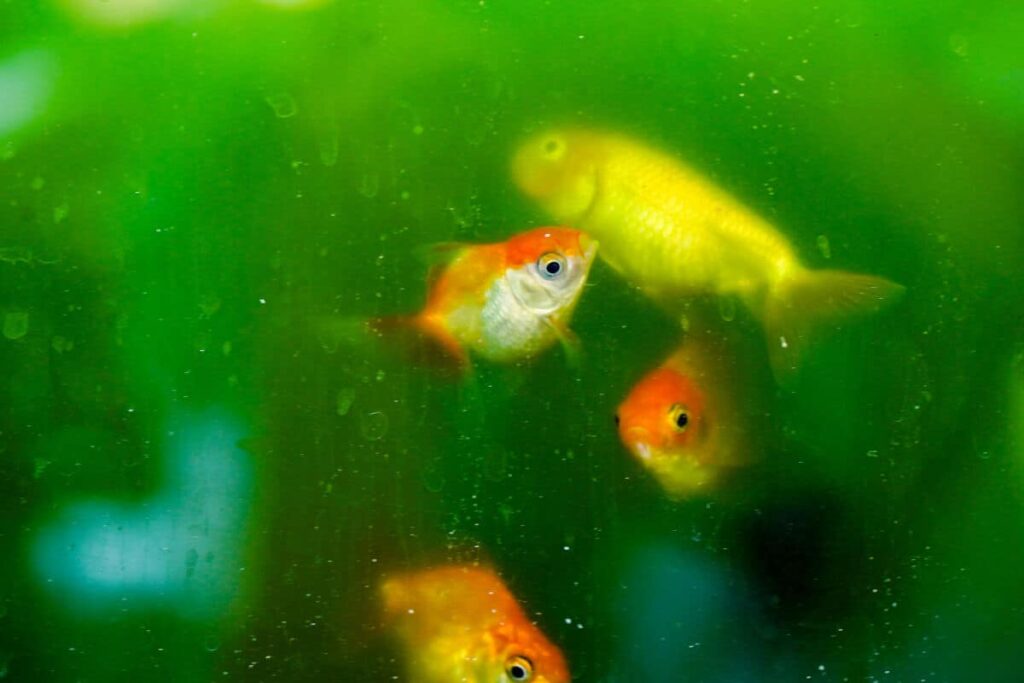
Allow me to pull back the green curtain on this microscopic world, folks. It’s time we truly understood what we’re dealing with here.
Defining Aquarium Algae
Introducing… algae! This aquatic world superstar is a simple, plant-like organism. It’s a bit like that quiet cousin who doesn’t say much at family reunions but has an army of diplomas and keeps a budget like a pro. You might not notice it at first, but without algae, life in your aquarium could get tough.
Factors That Contribute to Algae Growth
Now, our friend algae loves food just as much as the next organism. Its favorite meals? Light and nutrients. And just like your Uncle Bob at all-you-can-eat buffets, it can really pack it on if conditions are right.
Excess light (especially sunlight), overfeeding fish (leading to nutrient-rich waste), and poor water quality can turn your clean tank into a green buffet for algae. Remember to keep a balanced diet—not just for Uncle Bob, but for your tank as well!
The Potential Dangers of Unchecked Algae
Why the concern, you ask? Picture inviting a friend over and they end up moving into your house, eating all your food, blocking all your light, and making your home look dirty. It’s, well, not ideal.
Unchecked algae overgrowths can not only hog resources (like light and nutrients), but can also release toxins harmful to fish. It can make your tank a less-than-5-star BnB for your aquatic friends. Got the picture? Okay, ready to dive into why you need extra help from algae-eating fish? Trust me, they are the heroes we deserve in our aquatic homes.
Why You Need Algae-Eating Fish
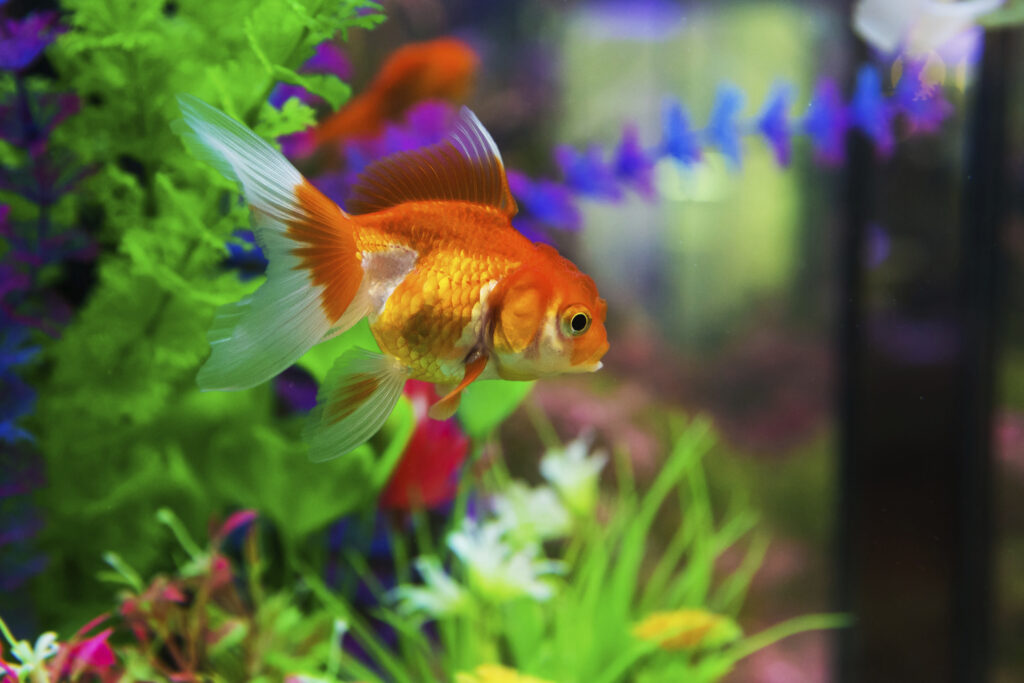
Ever see a film of green on your aquarium glass and wondered, “Could my fish be organizing a protest march against window cleaning?” Fret not, it’s likely just algae! A seasoned aquarium keeper knows when to pick up the cleaning tools and when to dial up for reinforcements. That’s right, ladies and gents, fish can be your loyal cleanliness knights! Let’s see how our aquatic buddies can help to control this nuisance.
Natural Algae Control Methods
Enter our heroes – the algae eaters. They love chowing down on this stuff! Much like a kid devouring his favorite candy, these fish can’t resist algae. As nature’s very own mini-vacuum cleaners, algae-eating fish, also known as algivores, act as a natural method of algae control. Now, wouldn’t you rather take a backseat while your trusted aquatic partners do the dirty work?
The Symbiotic Relationship Between Fish and Algae
It’s not all hard labor though. Algae-eating fish and algae share a fantastic win-win relationship. Algae provide food and nourishment to the fish. In return, our scaled friends serve as a natural algae control, maintaining the beauty of your aquatic showpiece. Just like peanut butter and jelly, they’re better together!
Contributions to a Balanced Aquatic Ecosystem
But their role extends beyond just keeping their quarters spick and span. Algae eaters help achieve a balanced ecosystem in your aquarium. In this underwater society, every creature plays a vital role. And algae eaters? They’re health inspectors and janitors rolled into one, creating a balance in algae growth by munching away this green matter. Now who said a clean home isn’t a happy home?
So, it’s clear as a well-kept fish tank why you’d want the help of these algae-loving underwater residents. Having a squeaky-clean aquarium where every fish swims happily is not just a dream. With algae eaters, it’s a definite reality. Next, let’s see who these algae busters are, shall we? Glide into the next section for a meet-and-greet with the top algae-eating aquatic species.
The Top Algae-Eating Fish Species

The Ocean’s Oscar for “Best Supporting Actor in Algae Control” goes to some unsung aquarium heroes. Let’s meet them!
Bristlenose Plecos

Bristlenose Plecos are like the hardworking janitors of your aquatic world. Armed with a sucker mouth, they are experts at scrubbing off algae. Interestingly, they grow up to 4-5 inches only, making them perfect even for small aquariums. So, if you’re a small tank owner, these bristly mustache-sporting critters should be on your shopping list.
Siamese Algae Eaters
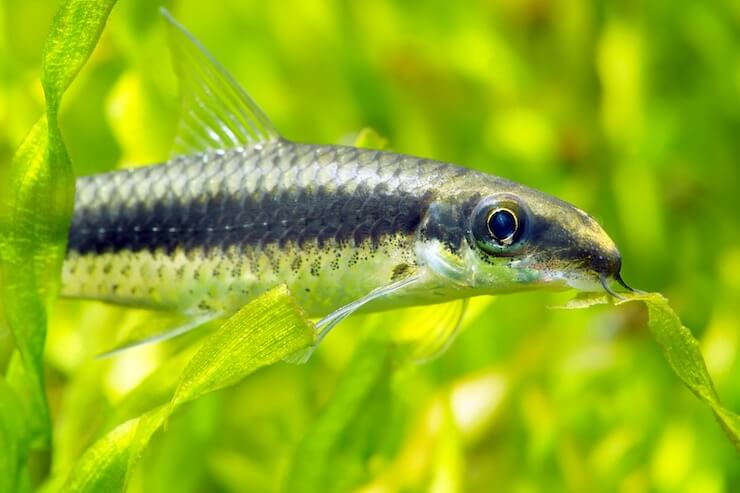
Next, enter the Siamese Algae Eaters. No, they don’t come with chopsticks, but they are serious algae gulpers. Their unique talent? They snack on “black beard algae,” a strain that most algae eaters turn their fins up to. If you’re dealing with this stubborn algae, you know who to fish for next.
Chinese Algae Eaters
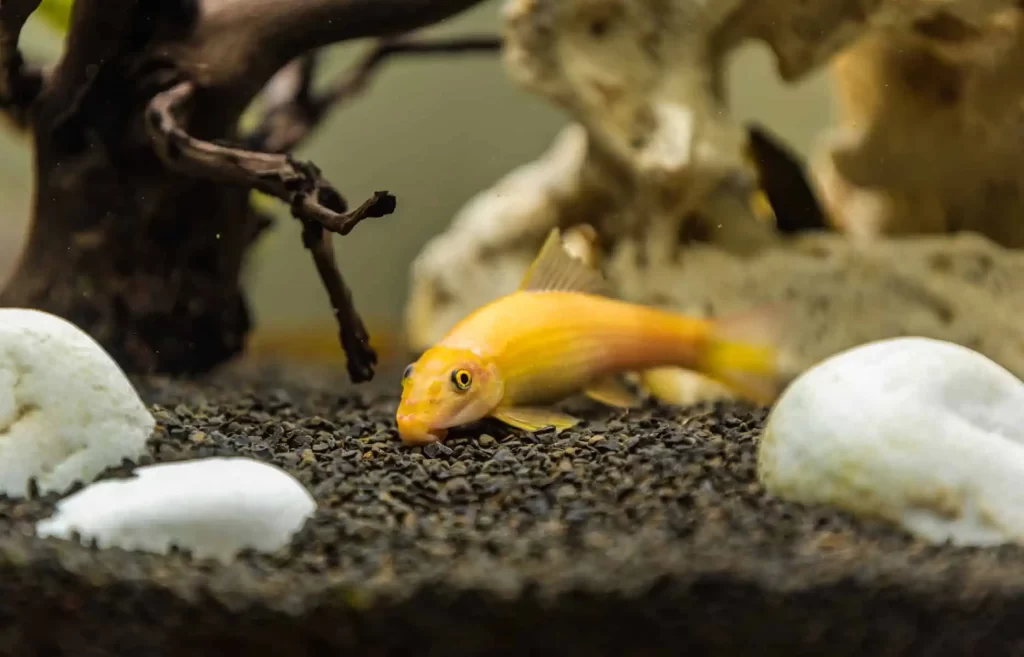
If you’re scouting for an agile algae eater, the Chinese Algae Eater fits the bill. These athletic suckers are fast, efficient, and get to those hard-to-reach algae spots. Heres’s a little secret – they prefer an alumni reunion with established tanks, that have a hearty algae growth.
Cherry Shrimp

Shall we add a dash of color, maybe? Cherry Shrimp are powerful nano algae eaters splashed in a vibrant red hue. They work great for tiny tanks and are often the unsung heroes in crystal clear aquariums. Plus, watching these cherry charms at work is as delightful as Sunday brunch.
Mystery Snails

Finally, we include the unique, the intriguing, the Mystery Snails! Apart from sounding like a brand of detective novels, these snails amplify the charm of your tank as they quietly go about their algae eating business. They don’t cause a fuss and aren’t greedy, making them great companions for other fish.
It’s clear there are ace algae-eaters of all sorts! But before you hit ‘Buy Now,’ hang on. What are some things to consider when choosing among these virtuosos of algae control? Read on, and find just the right match for your aquarium!
Don’t Just Scoop up Any Algae Eater!
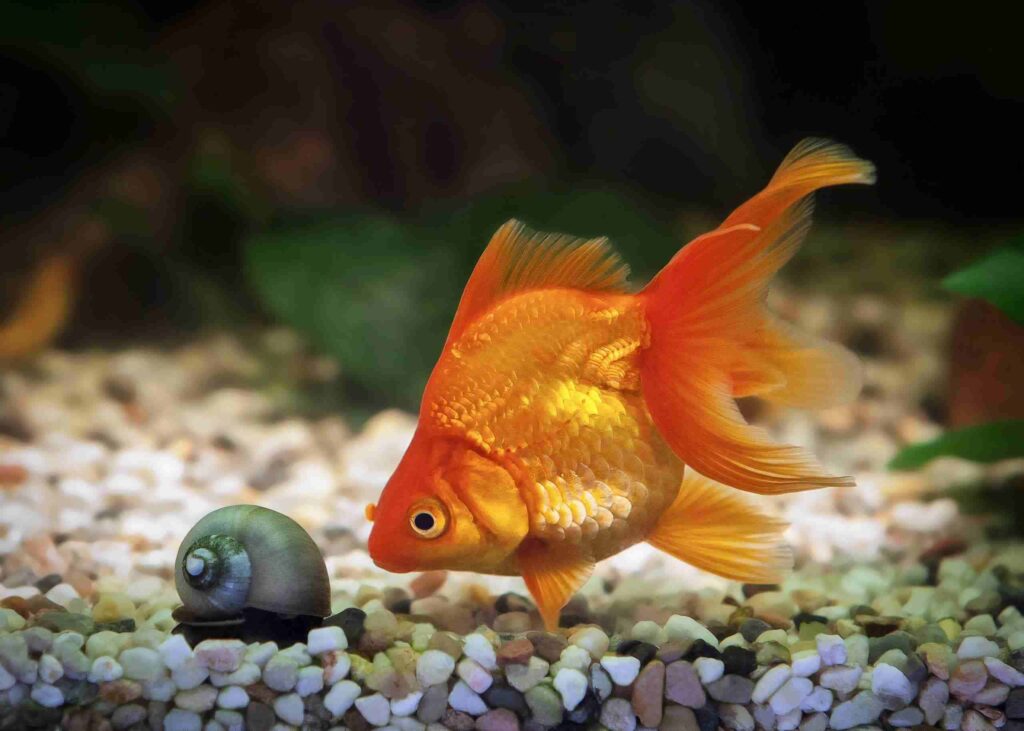
Picking the right kind of algae-eating fish isn’t just a matter of “eeny, meeny, miny, moe”. There are some important factors to consider. The perfect algae eater will be a blend of compatibility, suitability, and the Goldilocks “just right” size.
Frenemies or Friends: Compatibility With Other Fish
No one wants a turf war in their tank. So, always inquire about the temperament of your prospective algae eater. Some fish may see your treasured neon tetras as a snack, not a buddy. Remember, not all fish play nice in the sandbox… er, fish tank.
Keeping it Comfy: Suitability for Specific Aquarium Conditions
Contrary to popular belief, fish can’t live just anywhere. Every fish has a favorite temperature, pH level, and “hardness” of water. It’s like their own personal preference – some like it hot, some not. So, ensuring their personal spa conditions match your aquarium is essential.
Size Does Matter: Lifespan and Aquarium Space Requirements
Like that cute little puppy that grows into a full-grown moose, remember that small cute algae eater might outgrow your tank. Ensure your tank has room for their growth and potential long life. After all, nobody wants to live in a cramped studio apartment.
Great, we have our checklist ready: compatibility, comfort, and size. Now, let’s dive into the care routine for these fantastic little cleaners. Trust me, they don’t just live on love and sunlight! Our next section will provide the essentials of algae-eater care. Net and bucket ready? Dive in!
Proper Care and Feeding of Algae-Eating Fish

Congrats! You’ve just become a proud owner of algae eaters. But, hold on! There’s more to these little cleaners than just their gluttony for green stuff. Their diet and habitat need your attention too. No worries though – caring for these critters isn’t as complicated as cracking the Da Vinci Code.
Proper Diet Beyond Algae
While algae are like the all-you-can-eat buffet for our petite pals, it’s not the only thing on the menu. Think of it like your sweet tooth for chocolate. You can’t sustain on Mars bars alone (tempting as that sounds). They need a mix of blanched veggies and store-bought, algae-based wafers.
Maintaining Healthy Living Conditions
This step is less about playing housekeeper and more about being the perfect host. Remember, your aquarium is more than just a fish hotel, it’s their home. It’s crucial to maintain a consistent temperature, well-filtered and oxygenated water. After all, you wouldn’t want to live in a smoke-filled room with no windows, would you?
Managing Possible Illnesses or Parasites
Your algae-eating warriors can occasionally be under the weather too. If you see them acting like that fish from Finding Nemo (not Nemo, the one in the bag), it’s doctor-time. Providing enough space, top-notch water conditions, and a balanced diet often keeps the fish-doctor away.
That’s the end of our crash course on keeping your algae-eaters fighting fit. From bristlenose plecos to mysterious snails, each has its own unique personality and role in your tank.
Wrap Up
Having aquariums means understanding the algae scenario. It’s not just about beauty, but about knowing how algae can affect the tank’s ecosystem. Algae-eating fish, like Bristlenose Plecos or Cherry Shrimp, play a vital role in maintaining balance. They’re nature’s little cleaners.
Choosing the right algae-eaters requires considering compatibility, aquarium conditions, and space. Proper care goes beyond just feeding them algae. Monitoring health conditions and diet diversity are just as crucial. Managing unplanned algae growth can be simple—with the right fishy janitors, your aquarium becomes less of a chore and more of a joy!



